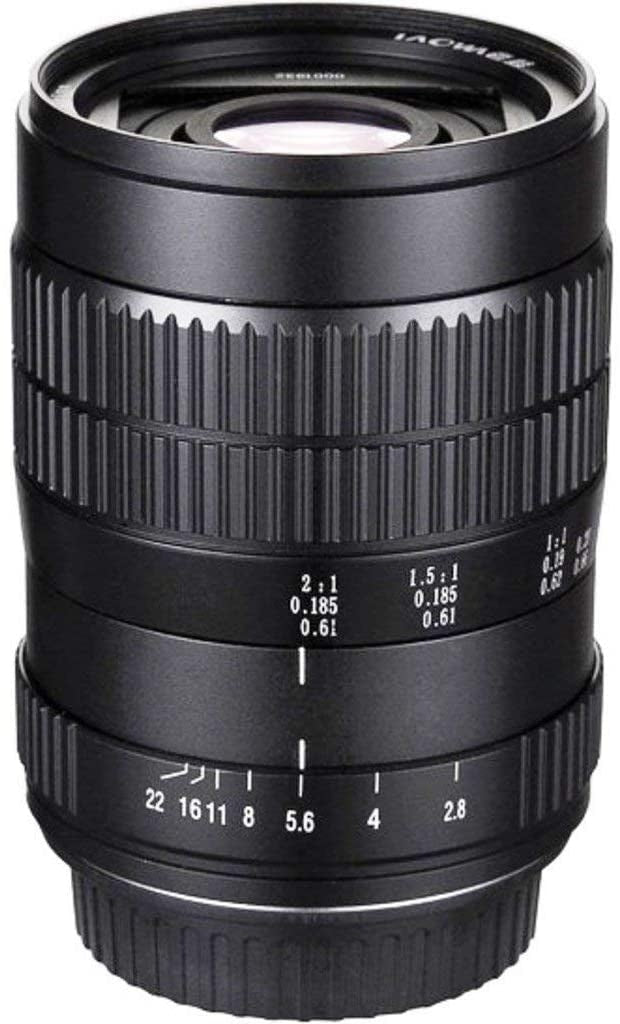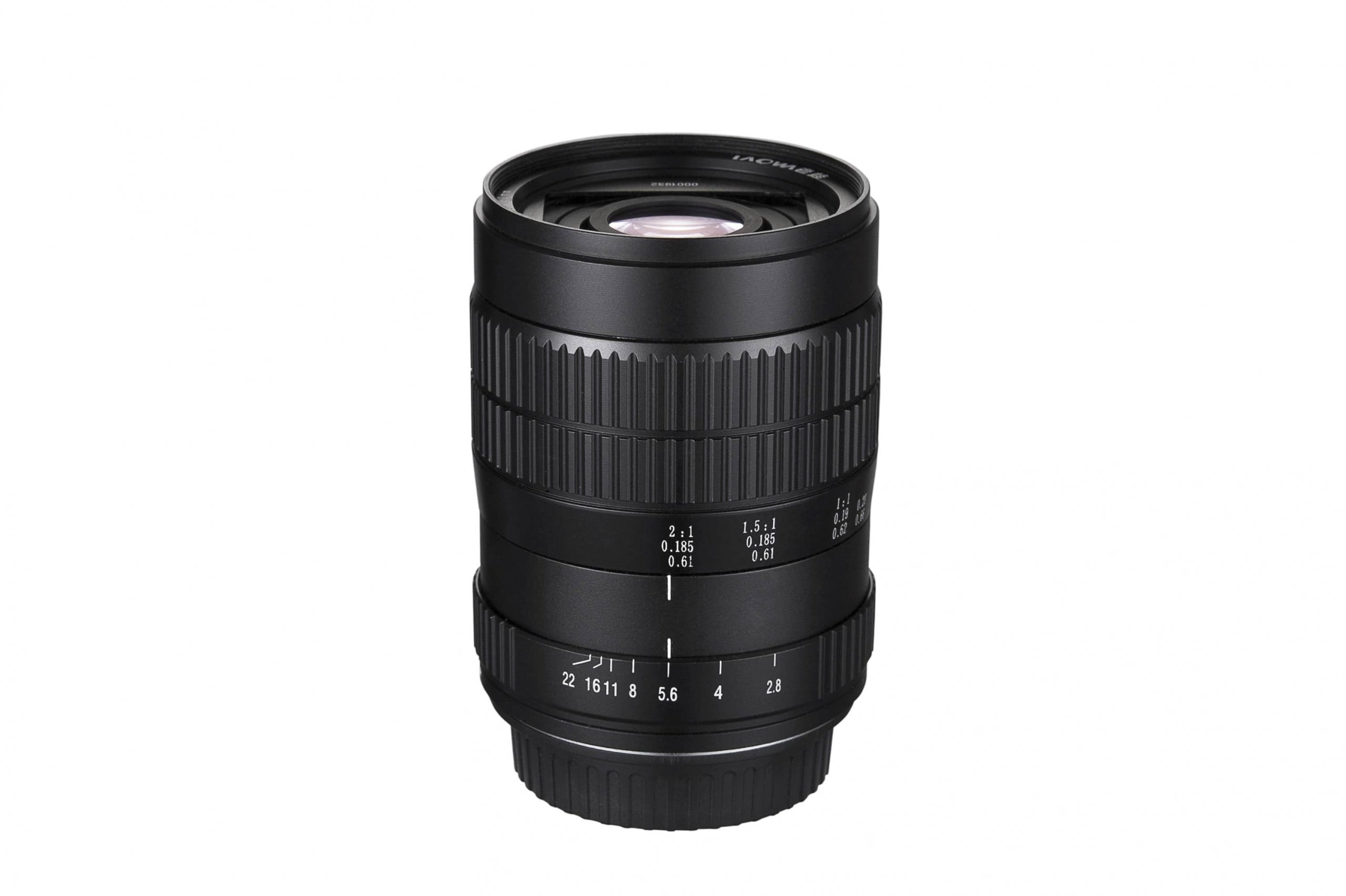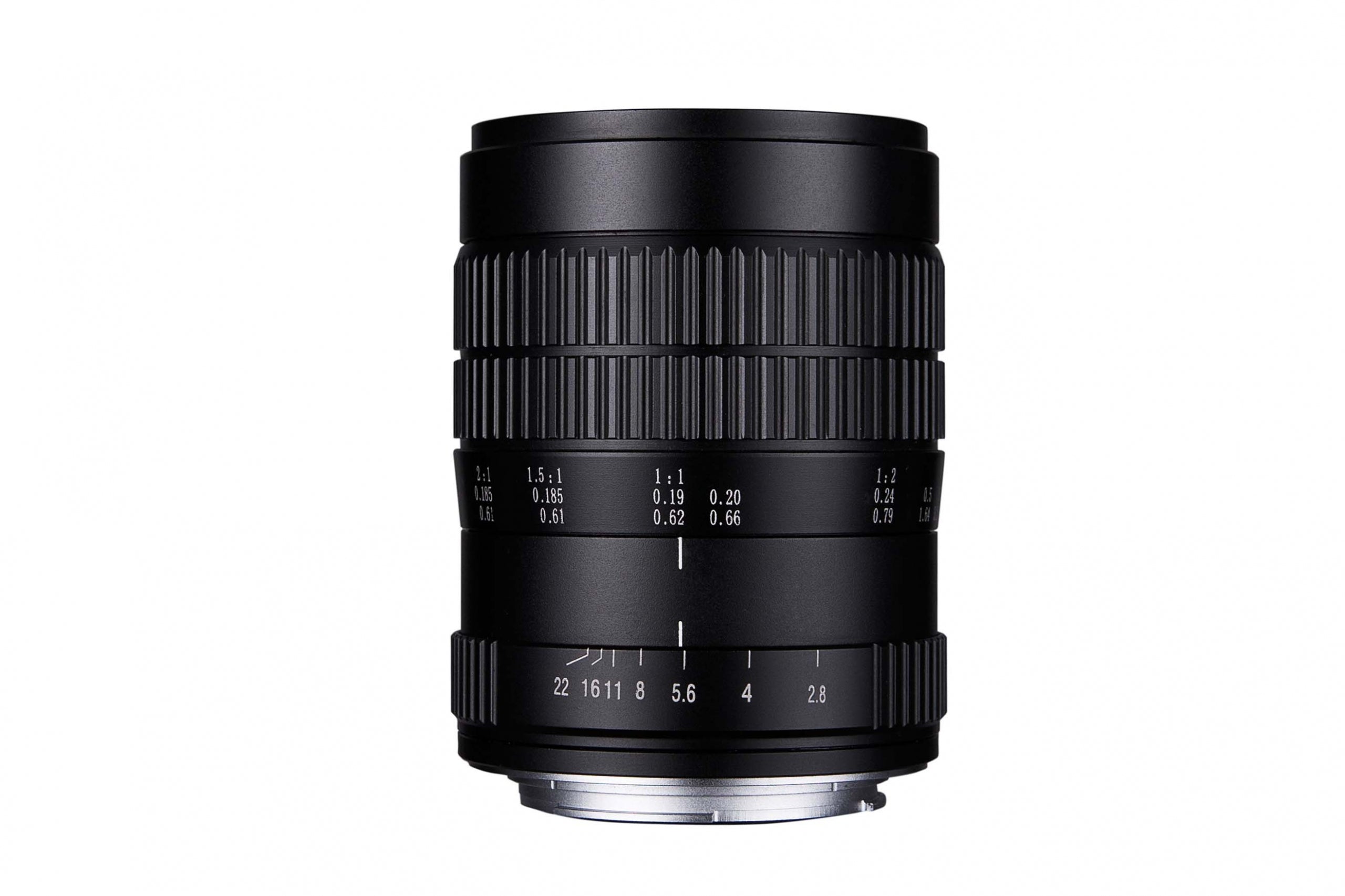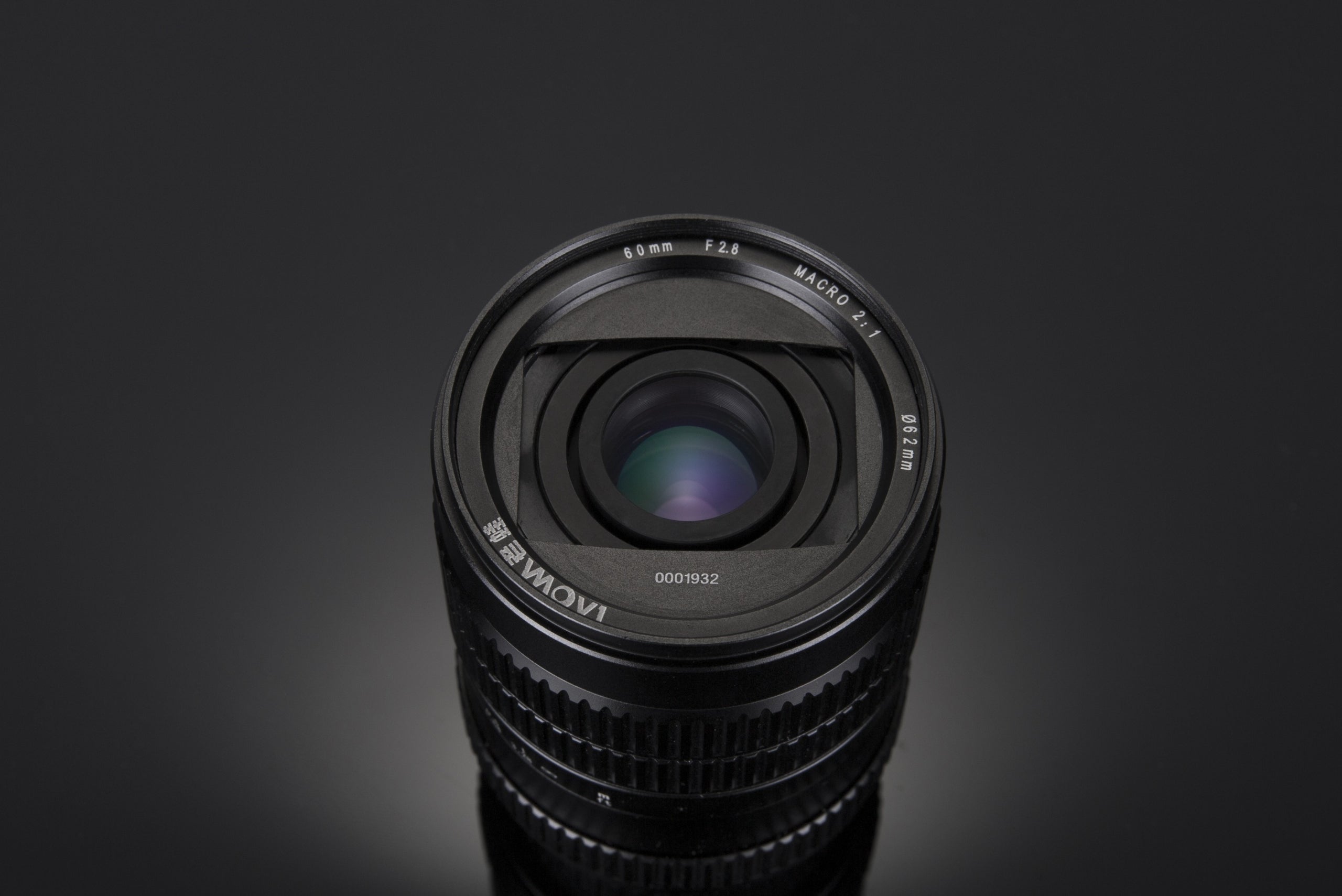Product Description
Laowa 60mm F2.8 2x Lens Ultra-Macro lens
World’s First 2:1 Macro Lens with infinity focus
Featuring a magnification range from 0.1x to 2x, this lens is ideally suited for rapidly changing macro photography scenarios without using any extension tube. The wide magnification range is very useful for shooting macro objects (e.g. insects) of different sizes. The lens is also designed for normal shooting purposes with a 60mm focal length, providing an all-in-one solution for normal portrait shooting as well as ultra-macro photography.

The versatile design offered by this manual focus, manual aperture lens lets you work with close-up subjects and then quickly switch to portraits or distant subjects without attaching extension tubes. Ideally suited for rapidly changing shooting situations. Unlike other macro lenses that focus to 1:1, the LAOWA 60mm f/2.8 2X Ultra-Macro can produce images from infinity to 2 times lifesize!

© Thomas Shahan

© Thomas Shahan
Also designed for normal shooting purposes with a 60mm focal length. An all-in-one solution for ultra sharp portraits to ultra-macro closeups.

© Christopher Frost

© Christopher Frost

This patented optical powerhouse has 9 elements in 7 groups to provide impressive image quality and colour accuracy. The optical system consists of 2 major moving lens groups in order to control barrel distortion. This lens design utilizes the lens barrel to shade the front lens element when focusing on distant subjects. Fourteen aperture blades form a close-to-circular aperture, capable of creating a creamy shallow depth of field.

© Christopher Frost

© Alberto Ghizzi Panizza

© Alberto Ghizzi Panizza

The lens barrel is made of metal for maximum strength and durability. A complimentary lens pouch and filter are included in the package. Canon EF, Nikon F, Sony Alpha and Pentax K mounts are available. While it is designed for use in APS-C formats, this lens can also be used with Full Frame cameras. Note: on Full Frame cameras there will be slight vignetting while shooting at infinity. For Macro shooting, there is no vignetting.



























